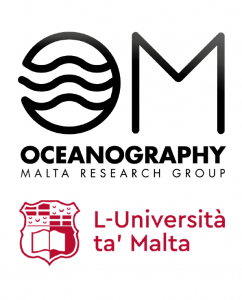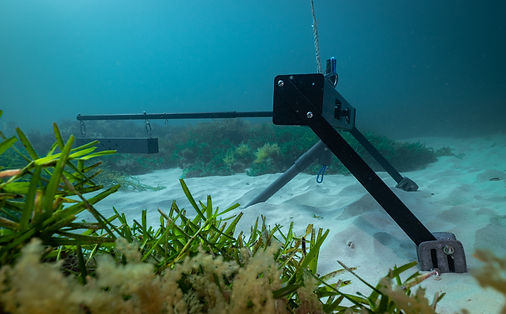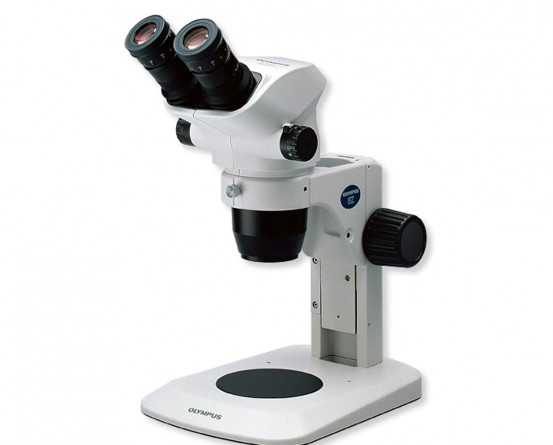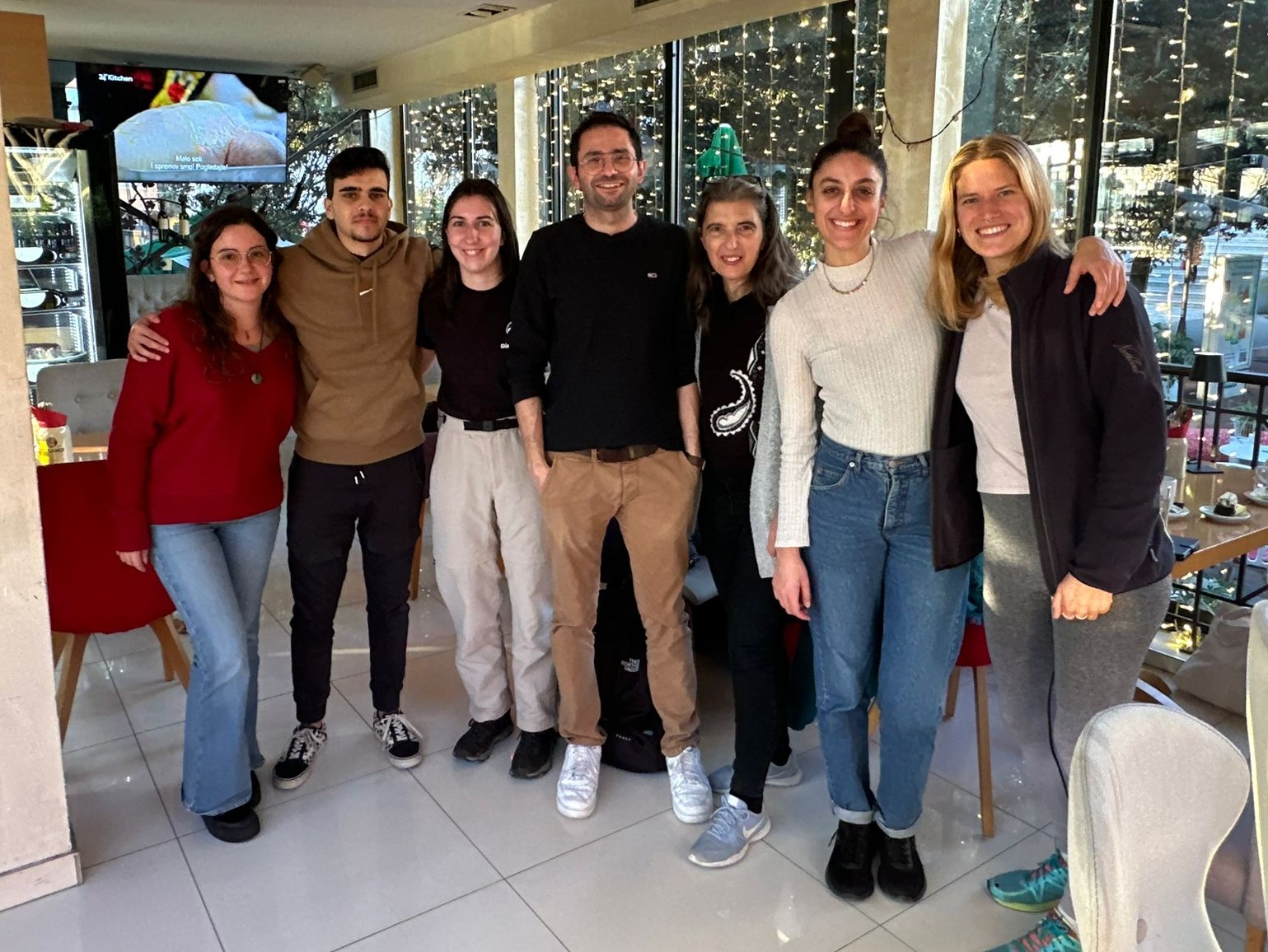CapSenHAR
Projects HARMONY and SenHAR have obtained relevant results – these are being capitalised in CapSenHAR. The HARMONY project highlighted the absence of a Non-Indigenous Species (NIS) Early Warning System, and brought into fruition a framework that was replicated and bolstered through the SenHAR project. CapSenHAR, a “ready to use” capitalisation project, is now obtaining additional results to the ones already gathered by engaging a network of heterogeneous cross border observers among marine stakeholders across selected focal areas (Ustica, Egadi Islands, Cape Milazzo, Plemmirio, Għar Lapsi, Filfla, Ħotba Point and Tal-Fessej). The awareness campaign “P come Pesce non Plastica” produced by SenHAR showed to various target groups the fragility of cross border marine ecosystems deserving protection from threats such as marine litter. This awareness campaign is being replicated and extended for new focal areas (i.e., scaling up capitalisation) and so is having a higher impact and resulting in the sensibilisation of a larger number of people. The game activity “Ti Misuro Termoblitz” created, developed and tested SenHAR allowed the public to learn more about the effect heat-waves have on the sea through the use of temperature sensors and a mobile app – an effective tool for lifelong and collective learning. CapSenHAR is transmitting knowledge and awareness to students, citizens, NGOs, local public authorities, fishermen, divers and tourists in cross-border areas, and thus helping to guarantee and maintain these areas’ sustainability because knowledge is a lasting product whose validity extends beyond the temporal boundaries of the realisation of a project. These informative and citizen science activities are having an educational impact of a medium to long term.
Scientific Knowledge
SenHAR has transferred to scientific knowledge on habitat degradation and fragmentation, NIS diffusion and other main factors that threaten the ecosystem functioning (e.g., marine litter and heat waves) and biodiversity. A “ready to use” capitalisation method will allow CapSenHAR to achieve additional results using the tools developed through HARMONY. HARMONY has also led to the understanding that marine ecosystems in transboundary MPAs are fragile and worthy of protection from threats such as marine litter. A scaling up capitalisation is generate greater impact through the extension and spatial replication of the experiences, raising awareness for a greater number of people, creating the science-policy-stakeholder loop necessary for effective conservation of cross-border biodiversity.
Capitalisation
These capitalisation methods and related activities are increasing awareness among many different people and helping in the management and conservation strategies of resources, biodiversity and natural assets by building on the link between science and policy (research and management/governance) developed in HARMONY and consolidated in SenHAR. Thus, CapSenHAR is completing the circular approach of knowledge transfer by linking with potential end users (stakeholders) of selected sites. Local managers, fishing communities and divers are being directly involved in the creation of an enhanced NIS surveillance system, or Early Warning System, of which they will be the sentinels and the first beneficiaries (since timely reporting of NIS species greatly helps the implementation of containment measures as well as the study and understanding of the mechanisms and channels of diffusion). The CapSenHAR awareness campaigns on the effects of marine litter in marine ecosystems and on heat waves and their effects on marine biodiversity is also an important means of science communication. CapSenHAR is a model for future local, cross-border, Mediterranean, European and international communication and dissemination activities promoted by the network of partners involved. The infographics, reports and all descriptive material to support the processes, as well as the “Ti Misuro Termoblitz” gaming app (CapSenHAR Edition) are being produced according to the open science directive and the FAIR principle (Findable, Accessible, Interoperable and Reusable) and will remain usable even at the end of the project to guarantee the sustainability of project results.
Results
After all, marine ecosystems are not closed systems but contiguous and open to each other, and therefore the effects generated by incorrect management of a portion of an ecosystem can have repercussions on adjacent portions and cascade onto nearby ecosystems (e.g., loss of biodiversity). Due to their strong dependence on marine ecosystems, coastal communities represent striking cases of socio-ecological systems in which a negative effect on a component of the marine ecosystem can have dramatic effects on the societies and economies that depend on it. The “ready-to-use” and “scaling up” CapSenHAR capitalisation activities are fuelling the exchange of knowledge and awareness by extending the cross-border network of protection and conservation areas already explored by HARMONY and SenHAR of which CapSenHAR capitalises the strategic results. Management and protection of biodiversity in cross-border areas represent the common challenge par excellence, which requires cooperation between countries that share increasingly smaller and more impoverished spaces and resources (i.e., Italy and Malta): a common challenge uniting the socio-ecological systems of the two countries having common cultural traits, methods of use and perception of resources. The advantages of an integrated multi-scale approach are clear in this context, and this is guiding the implementation of CapSenHAR whose success depends on the quality and quantity of people involved and reached. The creation of an enhanced “science-stakeholder-policy loop” allows the transfer of knowledge and awareness for the benefit of local communities who will develop forms of lifelong learning. The results of the actions will be accessible to converging takers and users of the focal areas (e.g., port, regional and national authorities for the environment, fisheries, health, society, tourism and education; trade associations; artisanal fisheries management consortia; local action groups, diving groups, management authorities, information offices, public and private research and education and training institutions) in the cross-border area covered by the CapSenHAR focal areas. The transfer of knowledge and awareness among end users in cross-border areas will generate knowledge, a long-lasting and sustainable product over time. All CapSenHAR outputs will serve as a model for future communication and dissemination activities on local, national and international scales, representing a node of convergence for cross-border knowledge from which to create a future network of projects that enhance knowledge and awareness on the territory.





